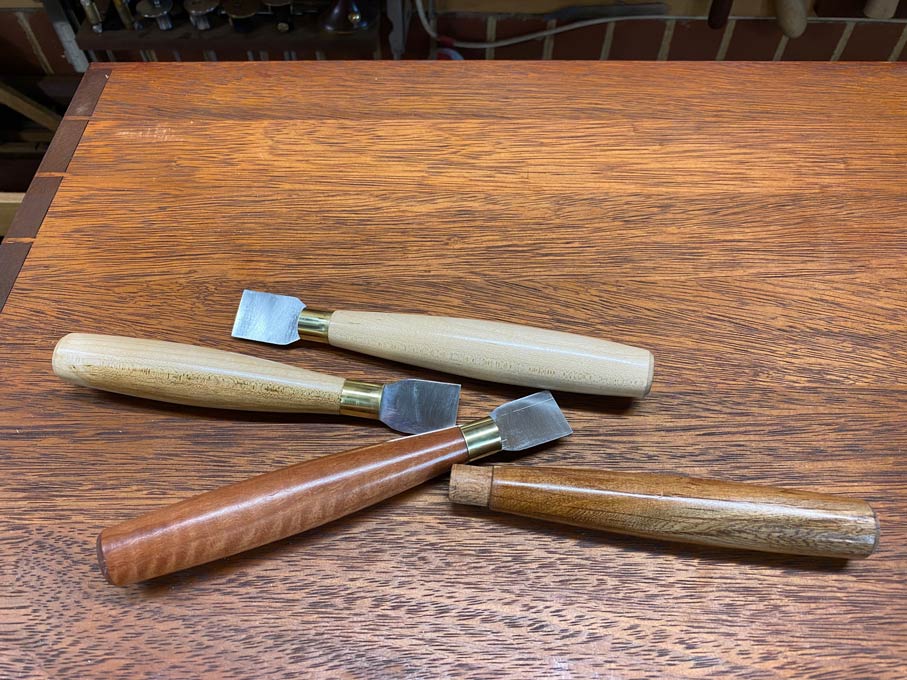Hi,
Today I was cutting some secret mitre dovetails and I recalled an old Christopher Schwarz video on building a Shaker side table. What I love about Schwarz is his respect for the old cabinetmaker's techniques and for the tradition in general, inherent to a preindustrial era and before, when working by hand was an everyday reality.
In the above mentioned video he explains how in old furniture it wasn't unusual to see half blind dovetails cut pass the line of the stock thickness, to make it easier to chop out the waste, because more fibers would have been already severed by the elongated cuts. Usually these elongated cuts where hidden in the inside of drawers, of course.
Even if it took me days to prepare this mahogany, I decided to honour this technique. Of course the secret dovetails are no more secret but, I love reitarating the tradition in my furniture.
What do you think about this choice? Would you do the same and sacrifice the perfecion of a hidden secret mitre dovetail or half blind dovetail for the sake of easing out the work and giving a traditional imprint to
it?
Personally, I'm happy I made this choice.
IMG_20230630_183428.jpg
Cheers,
Haisam




 Reply With Quote
Reply With Quote







